By Aimee Erickson OPA
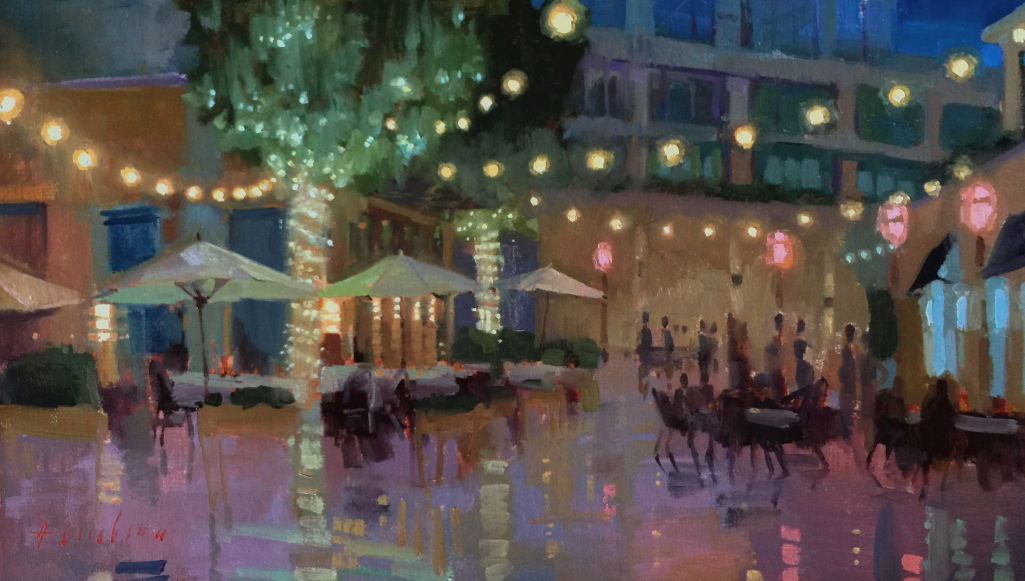
Composing a picture has a parallel in music: There are only so many notes, but the number of tunes is unlimited.
In painting, we begin with the format: the picture plane, defined by the four sides of the canvas. The first mark within that space has an energy relative to the frame. Every subsequent mark creates new relationships. The elements we have to work with-color, value, line, edges, shape, texture-can all be manipulated to achieve the artist’s intention.



Here are three shapes, each one a common panel proportion: 5:4, 3:4, and 1:1. Each one has four sides, but, with differing proportions, each one has a different feel. Even without words, we can sense a different dynamic from each of them. We can even allow our body to respond with a gesture that embodies that dynamic-taller, more upright, more alert; wider, spreading, more relaxed; and square, compact, stable, balanced. We have a built-in visceral sense of the dynamic “feel” of shapes. Each mark made within the frame shifts that dynamic.
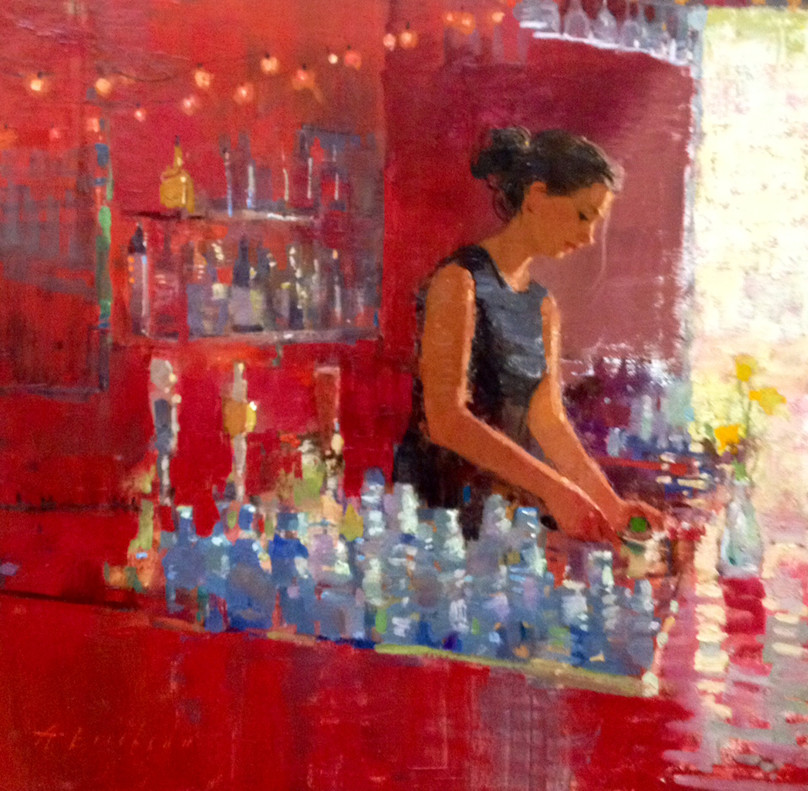
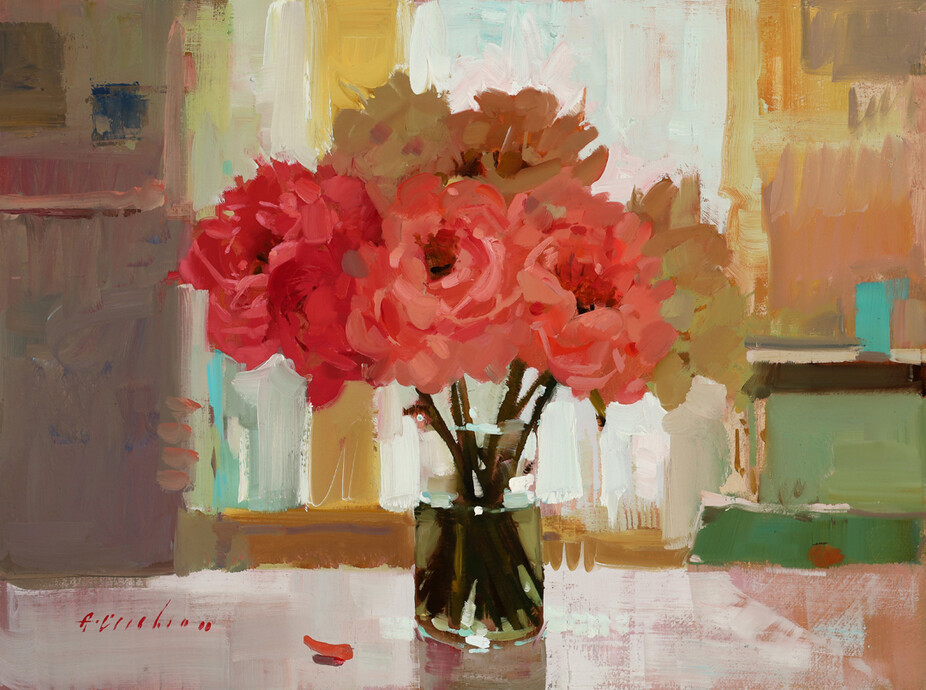
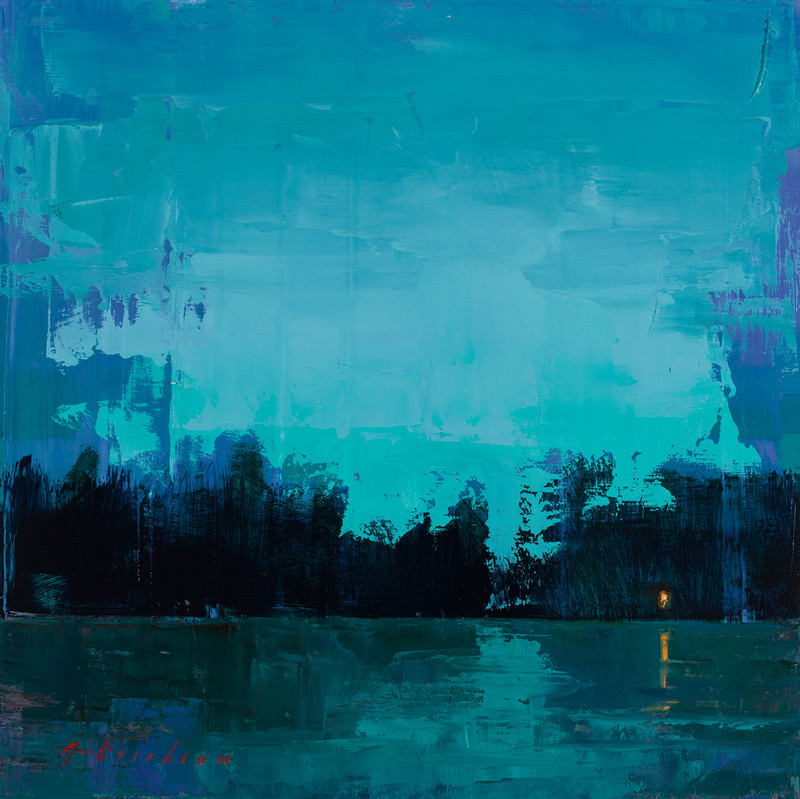
This artistic sense is what differentiates from mechanical means of recording images. This sense, this ability, is what we want to develop: being attuned to the inherent feel of things.
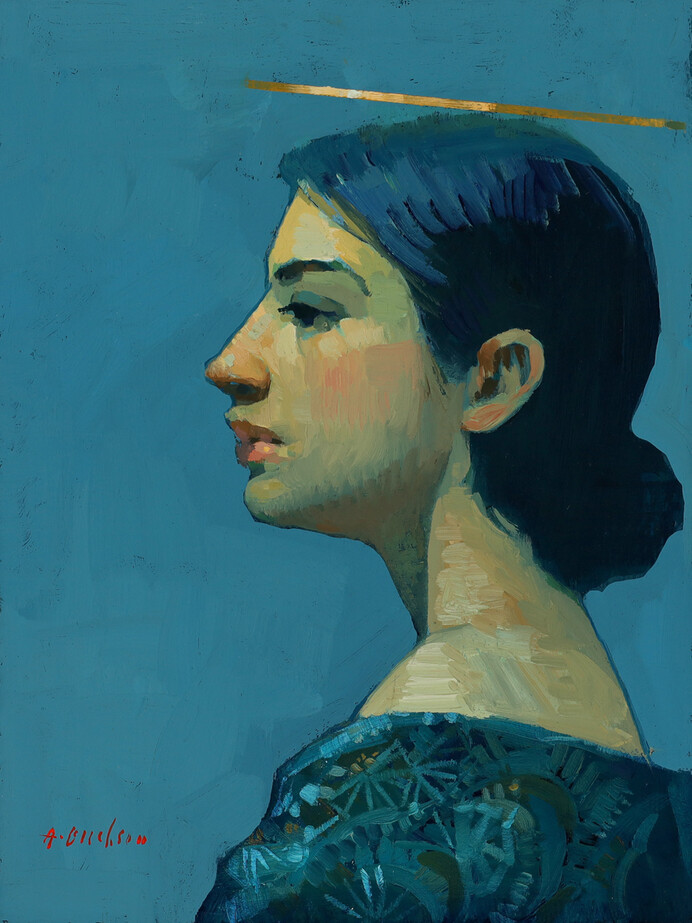
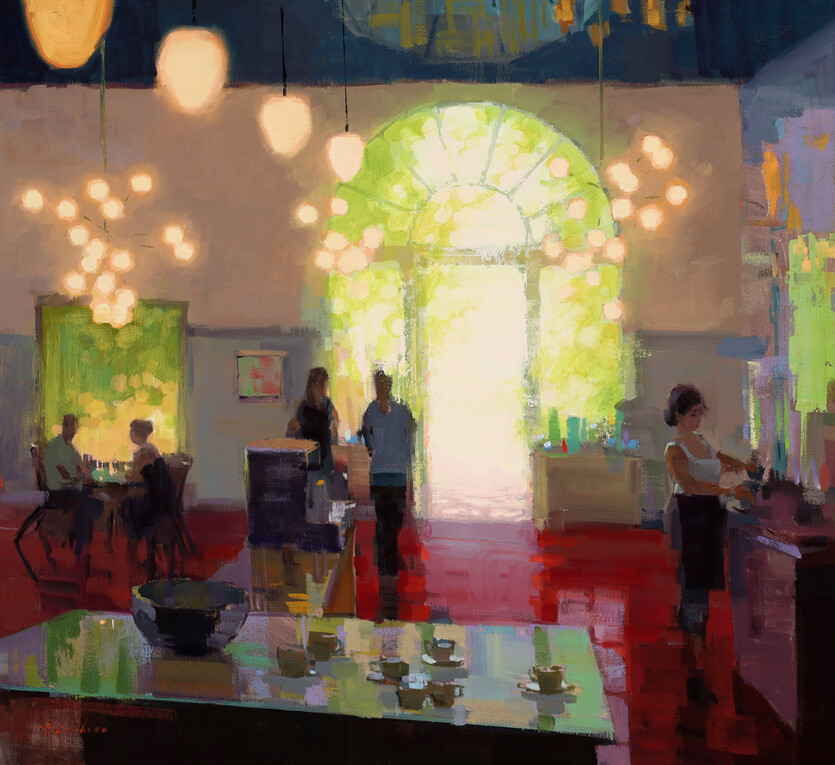
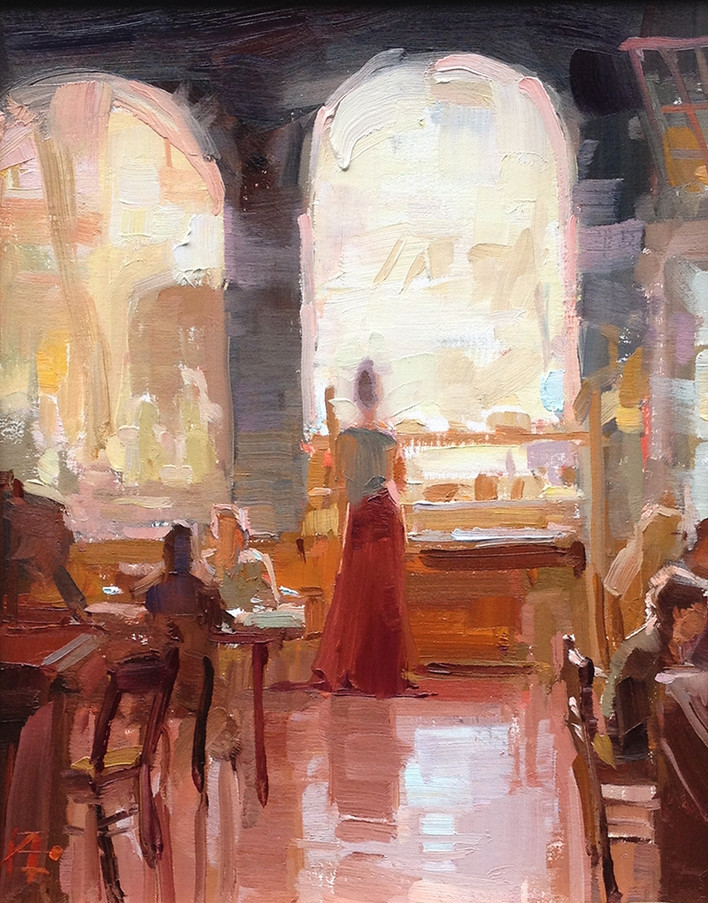
Teaching composition is an interesting proposition. To introduce it to beginners, we have to break it down into some sort of a system: some number of steps, a formula for something that is by nature not formulaic, but bigger and less specific. When we actually paint, it isn’t always an academic step by step. We might start with lines, or shapes, but sometimes we skip lines and shapes and go straight for the energy of it.
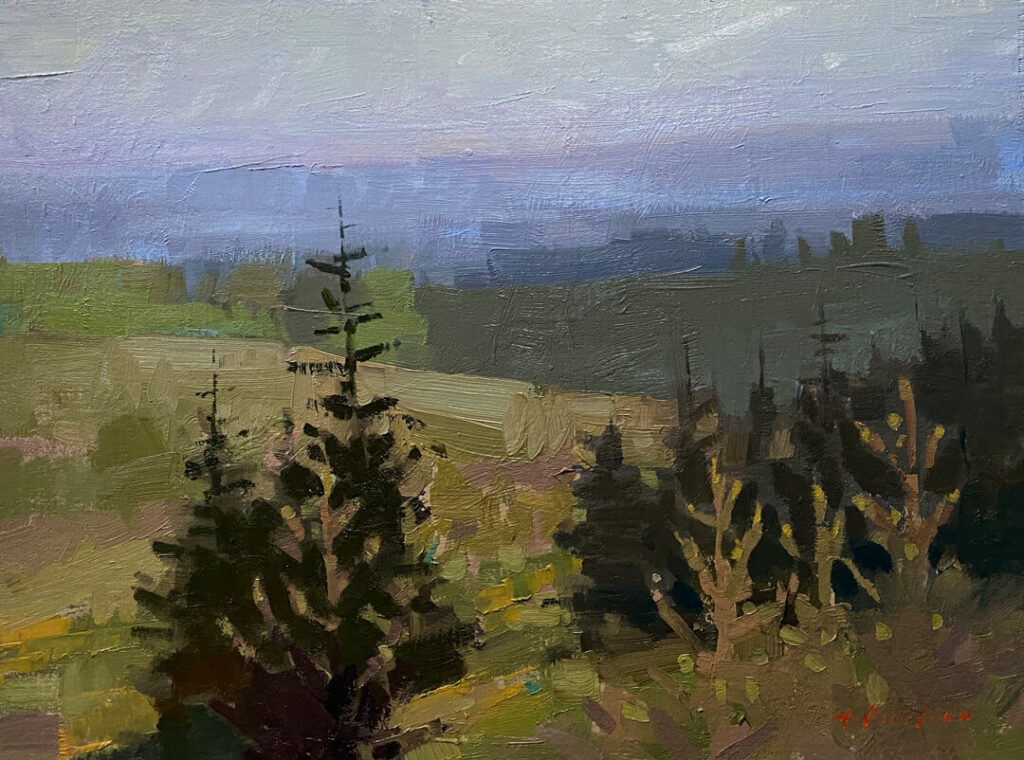
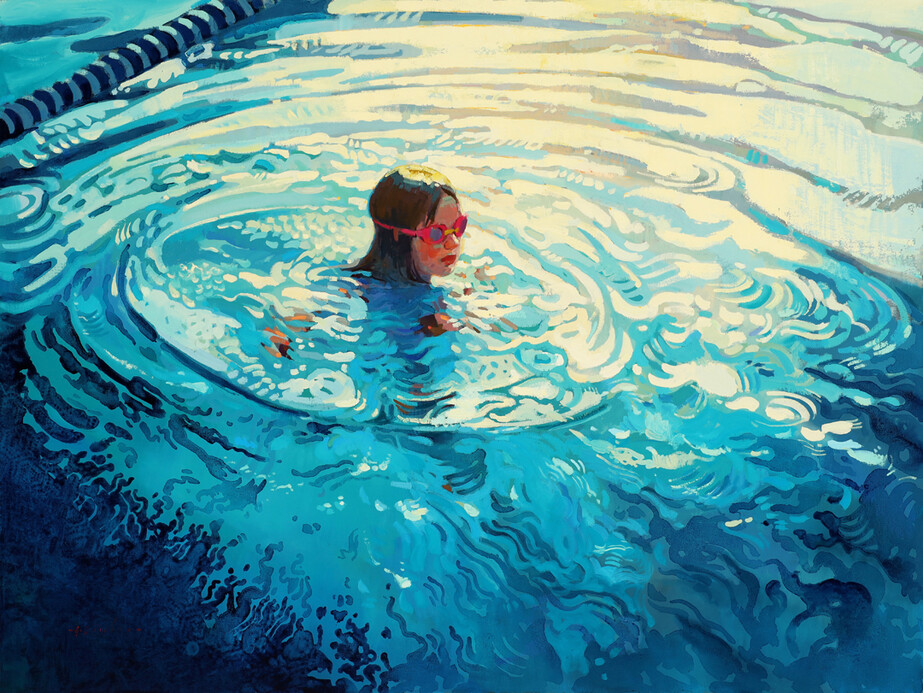
Leave a Reply